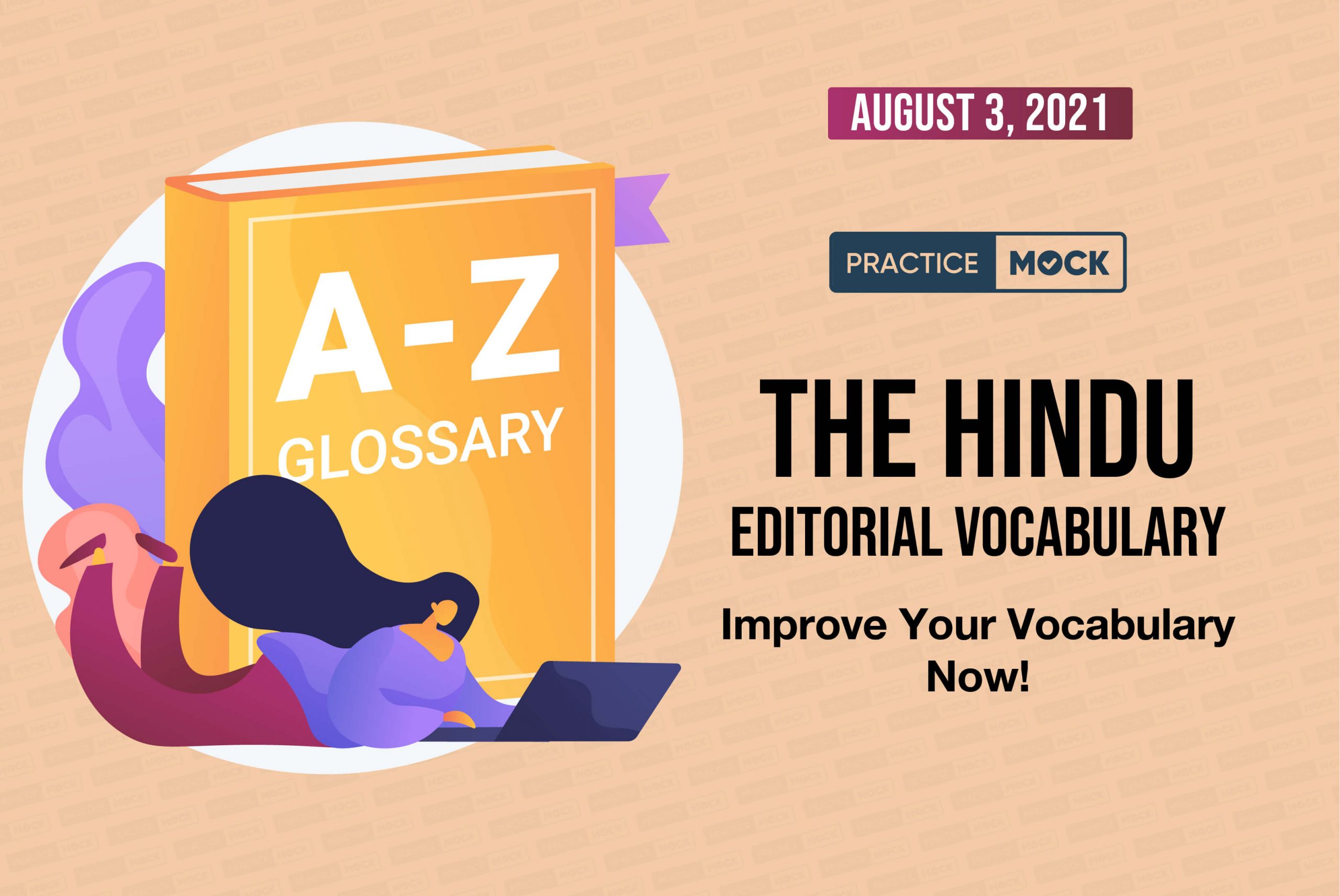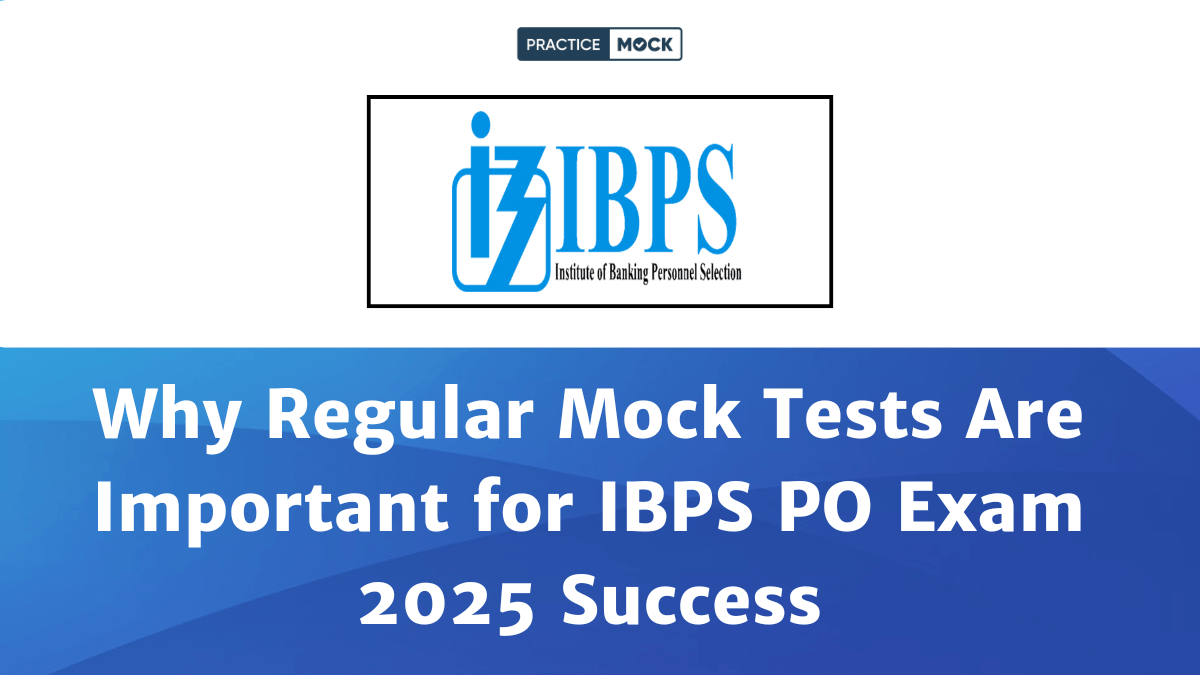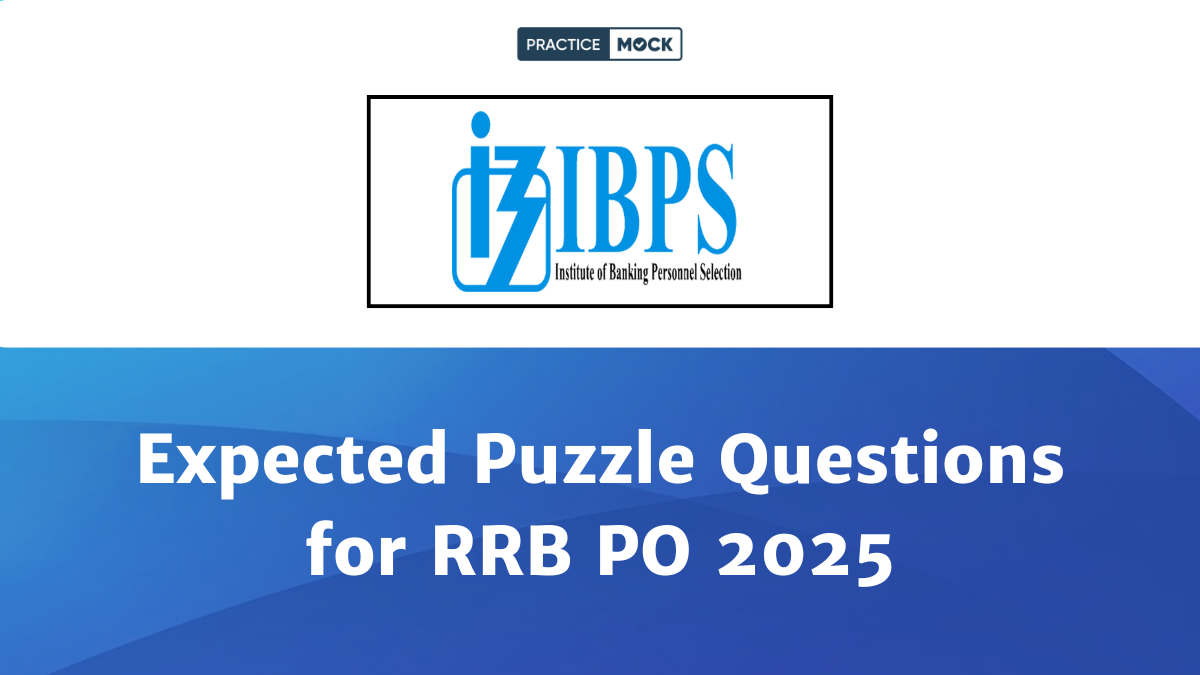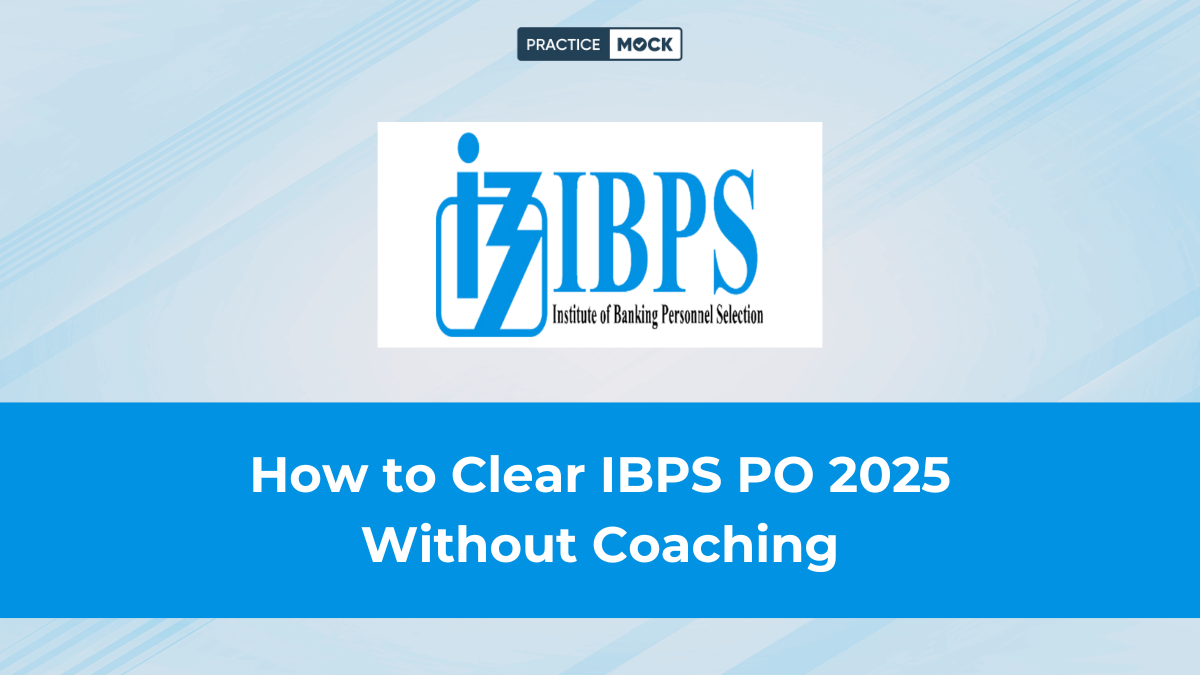

We hope that these editorial articles are helping you in your exam preparation. This series of Editorials’ Difficult Words will help you to understand the editorials of The Hindu in a better way. Today we have come up with the explanation of difficult words/phrases of the below editorial. Have a look and update your word power & general awareness by going through this editorial.
| Difficult Word/ Phrase | Contextual Sense |
| Cusp | a point of transition between two different states |
| Disconcerting | causing one to feel unsettled |
| Hover | to stay at or near a particular level |
| Trajectory | the way in which a process or event develops over a period of time |
| Under siege | very seriously attacked or criticized by many people |
| Concomitant | naturally accompanying or associated |
| Curtail | reduce in extent or quantity; impose a restriction on |
| Runaway | out of control |
| Vulnerable | susceptible to physical or emotional attack or harm |
| Inoculation | Treatment of (a person) with a vaccine to produce immunity against a disease |


The cusp (a point of transition between two different states): on disconcerting (causing one to feel unsettled) note of coronavirus story
India must press ahead with vaccination to avoid repeat of troubles of the second wave
August has begun on a disconcerting note in India’s coronavirus story. The seven-day weekly average of cases hovers (to stay at or near a particular level) around the psychologically important 40,000 mark and there is an uptick in daily new cases with the latest numbers a little over 41,000. A major concern that has assumed national proportions is the trajectory (the way in which a process or event develops over a period of time) of cases in Kerala. With nearly 20,000 fresh cases being added every day, it is of concern that if a State with an admirable track record during the earlier wave is under siege (very seriously attacked or criticized by many people) now, then many other States could be particularly vulnerable against new variants at the start of a third wave. In Kerala, the rise in cases is concomitant (naturally accompanying or associated) with a rise in testing that has increased from 130,000 a day on July 25 to 162,000 as of Monday, indicating that the infection may be rapidly spreading. Nearly 11 States are now showing a weekly increase in cases. Kerala is not the only point of concern. The national situation has prompted the Health Secretary to write to States that all districts reporting a positivity rate of more than 10% in the last few weeks ought to consider strict restrictions to curtail (reduce in extent or quantity; impose a restriction on) the movement of people and formation of crowds to prevent the spread of infection. Apart from Kerala these include Maharashtra, Karnataka, Tamil Nadu, Odisha, Assam, Mizoram, Meghalaya, Andhra Pradesh and Manipur. The Indian Council of Medical Research (ICMR) has also expressed concern that 46 districts are showing more than 10% positivity while another 53 districts are showing a positivity between 5%-10%. India’s positivity rate is around 5%, that could well descend into a runaway (out of control) climb in serious infections if unchecked.
The ICMR’s flag-waving comes in the context of the agency’s Fourth National Serology Survey finding that nearly 40 crore Indians likely lacked antibodies to the virus and were particularly vulnerable (susceptible to physical or emotional attack or harm). On its own, the rise in infections would have been less of a concern had a substantial number of Indians — particularly those over 45 — been double vaccinated. As in previous waves, the elderly continue to be the most vulnerable. Nearly 80% of the mortality was from these vulnerable age groups and only 11% of the eligible adults have been fully vaccinated, which means significant numbers of the population are yet to get sufficient protection. India has so far administered 47.1 crore doses since the beginning of the vaccination drive in January. The Centre has said it will vaccinate all adults, 94.4 crore approximately, by the year-end. This target requires a daily inoculation of 90 lakh to 100 lakh doses per day. For most of July, the average inoculations have ranged from 30-60 lakh. States whose districts are most vulnerable ought to be given preference and there should be accelerated campaigns to double inoculate the elderly. Every effort should be made to break the link between infections and hospitalisation and deaths.
Hope you got to know some new words/phrases which will definitely be useful in the English section of upcoming competitive exams. Wishing you all the best for your preparation!
Want to improve your vocabulary further? Download the Lists of Word-Meanings of Previous Months here.
Recent Posts
IOB LBO Notification 2025 Out for 400 Vacancies
The Indian Overseas Bank has released the IOB LBO Notification 2025 to recruit 400 candidates.…
UPSC CSAT Free Mock Test 2025 with Free Prep. Resources
In this blog, we have provided the UPSC CSAT Free Mock Test 2025 with Free…
RRB NTPC Application Status 2025, Check Your Application Status
The RRB will release the RRB NTPC Application Status 2025. In this blog, we will…
IBPS PO 2025 Free Study Resources, Attempt Now!
Here we are providing the IBPS PO 2025 free preparation resources, Candidates can get prelims…
IBPS PO Study Plan 2025 for 1 Month
The Institute of Banking Personnel Selection (IBPS) has released the IBPS PO 2025 notifications for…
100 + DI Repeated Questions for RRB PO 2025, Check How to Solve It Easily?
In this article we are providing the 100 + DI Repeated Questions for RRB PO…



